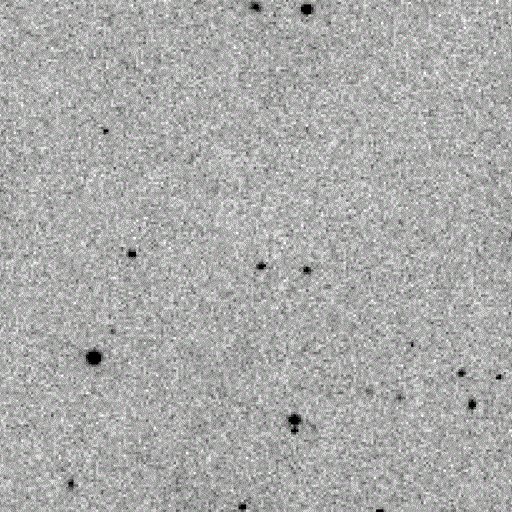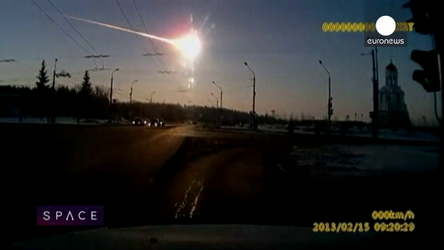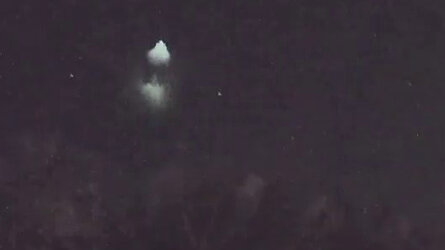Accept all cookies Accept only essential cookies See our Cookie Notice

About ESA
The European Space Agency (ESA) is Europe’s gateway to space. Its mission is to shape the development of Europe’s space capability and ensure that investment in space continues to deliver benefits to the citizens of Europe and the world.
Highlights
ESA - United space in Europe
This is ESA ESA facts Member States & Cooperating States Funding Director General Top management For Member State Delegations European vision European Space Policy ESA & EU Space Councils Responsibility & Sustainability Annual Report Calendar of meetings Corporate newsEstablishments & sites
ESA Headquarters ESA ESTEC ESA ESOC ESA ESRIN ESA EAC ESA ESAC Europe's Spaceport ESA ESEC ESA ECSAT Brussels Office Washington OfficeWorking with ESA
Business with ESA ESA Commercialisation Gateway Law at ESA Careers Cyber resilience at ESA IT at ESA Newsroom Partnerships Merchandising Licence Education Open Space Innovation Platform Integrity and Reporting Administrative Tribunal Health and SafetyMore about ESA
History ESA Historical Archives Exhibitions Publications Art & Culture ESA Merchandise Kids Diversity ESA Brand Centre ESA ChampionsLatest
Space in Member States
Find out more about space activities in our 23 Member States, and understand how ESA works together with their national agencies, institutions and organisations.
Science & Exploration
Exploring our Solar System and unlocking the secrets of the Universe
Go to topicAstronauts
Missions
Juice Euclid Webb Solar Orbiter BepiColombo Gaia ExoMars Cheops Exoplanet missions More missionsActivities
International Space Station Orion service module Gateway Concordia Caves & Pangaea BenefitsLatest
Space Safety
Protecting life and infrastructure on Earth and in orbit
Go to topicAsteroids
Asteroids and Planetary Defence Asteroid danger explained Flyeye telescope: asteroid detection Hera mission: asteroid deflection Near-Earth Object Coordination CentreSpace junk
About space debris Space debris by the numbers Space Environment Report In space refuelling, refurbishing and removingSafety from space
Clean Space ecodesign Zero Debris Technologies Space for Earth Supporting Sustainable DevelopmentApplications
Using space to benefit citizens and meet future challenges on Earth
Go to topicObserving the Earth
Observing the Earth Future EO Copernicus Meteorology Space for our climate Satellite missionsCommercialisation
ESA Commercialisation Gateway Open Space Innovation Platform Business Incubation ESA Space SolutionsLatest
Enabling & Support
Making space accessible and developing the technologies for the future
Go to topicBuilding missions
Space Engineering and Technology Test centre Laboratories Concurrent Design Facility Preparing for the future Shaping the Future Discovery and Preparation Advanced Concepts TeamSpace transportation
Space Transportation Ariane Vega Space Rider Future space transportation Boost! Europe's Spaceport Launches from Europe's Spaceport from 2012Latest

Satellite, once asteroid, in fact old rocket to the Moon
Thank you for liking
You have already liked this page, you can only like it once!
This tiny moving dot is a fascinating object that passes by Earth today at a distance of just 50 000 km (less than a tenth of the distance to the Moon). First thought to be an asteroid, it is now considered to be an old rocket part from a failed 1966 robotic mission to the Moon.
The object, now named 2020 SO, was first detected in September 2020 by the Pan-STARRS telescope which surveys the skies for potentially hazardous ‘near-Earth objects’ – asteroids or comets that could impact Earth.
Astronomers initially thought it could be a new asteroid or a ‘temporary natural Moon’ of Earth – a natural object that temporarily gets trapped in Earth-orbit. So, they began to track its movements to get a better idea.
“We followed it quite a bit for the very first few days, once there was a possibility for it to be natural,” explains Marco Michelli, Astronomer at ESA’s Near-Earth Object Coordination Centre.
“I got astrometry (measurements of its position) for a couple of weeks which showed that there was quite a strong solar radiation pressure signature, proving it was too light to have formed naturally.”
This apparently new object was being pushed by radiation from the Sun. Such solar pressure is so weak that astronomers knew the object in question must be very light, and this suggested it was in fact a human-made, artificial object (which tend to be far lighter and less dense than natural bodies formed in space).
Astronomers traced the orbit of this mysterious object back in time and now believe it is in fact the upper stage of a Centaur rocket that left Earth on 20 September 1966 carrying the Surveyor 2 lander bound for the Moon. The mission failed, and the upper stage of the rocket, 12-metres long by 3-metres wide, shot past the Moon and drifted off into orbit around the Sun.
It’s thought that, possibly, the old rocket has only been temporarily captured by Earth’s gravity, and in a couple of turns around our planet could eventually get back into orbit around the Sun.
“In some ways it has been and is hiding in the boundary between near-Earth object and space debris searches, a search region where there are very few objects distributed over a large volume of space” concludes Tim Flohrer, Head of ESA’s Space Debris Office.
“The life of this rocket part so far has similarities to an object called WT1190F, a small temporary satellite of Earth thought to be debris from the 1998 Lunar Prospector mission, that impacted in 2015. It is still to be assessed if this newly rediscovered object could return and re-enter Earth’s atmosphere one day.”
-
CREDIT
ESA -
LICENCE
ESA Standard Licence

Space Safety for the Moon

ESA Euronews: Accidents and asteroids: Addressing the threat

Fireball camera spots rocket reentry burn

Don Kessler















 Germany
Germany
 Austria
Austria
 Belgium
Belgium
 Denmark
Denmark
 Spain
Spain
 Estonia
Estonia
 Finland
Finland
 France
France
 Greece
Greece
 Hungary
Hungary
 Ireland
Ireland
 Italy
Italy
 Luxembourg
Luxembourg
 Norway
Norway
 The Netherlands
The Netherlands
 Poland
Poland
 Portugal
Portugal
 Czechia
Czechia
 Romania
Romania
 United Kingdom
United Kingdom
 Slovenia
Slovenia
 Sweden
Sweden
 Switzerland
Switzerland
























